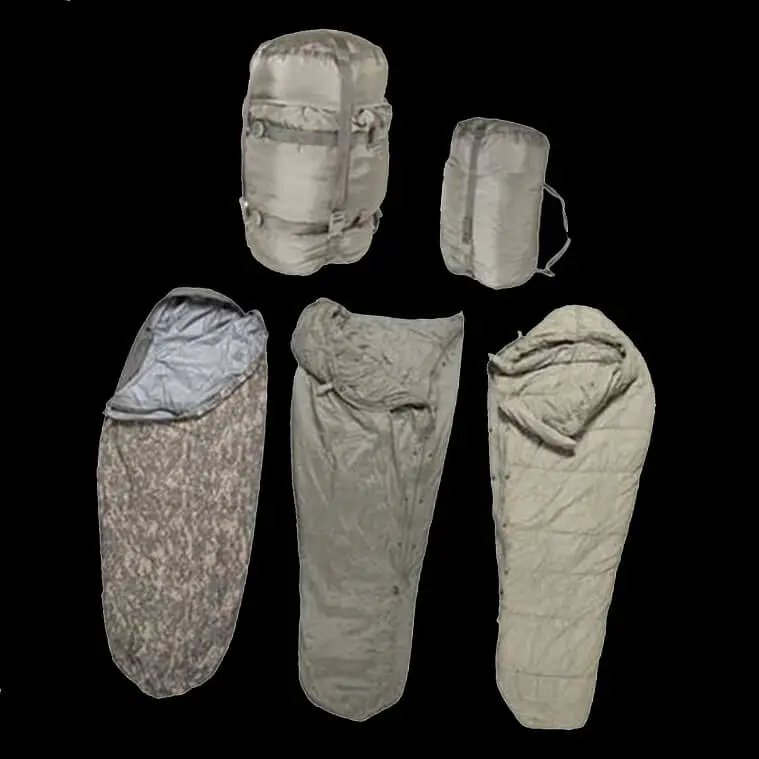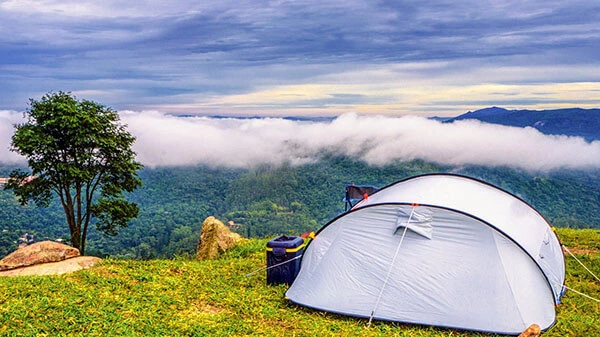How to Prevent Tent Condensation
Tent condensation is one of the most annoying things that can happen when you’re trying to enjoy a peaceful night in the great outdoors. That’s why we’ve put together this comprehensive guide on how to prevent tent condensation.
First, let’s start with some basics. Tent condensation occurs when the air inside your tent is warmer than the air outside. This causes water vapor to form on the walls of your tent, and eventually, droplets of water will form and drip down onto your sleeping bag or other gear.
You should ventilate your tent so the air inside isn’t as humid. You can do this by opening up all the doors and windows, or by pitching the tent so the door is facing into the wind.

What causes tent condensation?
Tent condensation can be caused by a number of things, but the most common cause is humidity. When the air inside your tent is more humid than the air outside, the water vapor in the air will condense on the walls of the tent, and eventually on the floor and your gear.
We all know the feeling. You wake up in your tent, and it’s like a steam room in there. Your sleeping bag is wet, your clothes are damp, and everything feels clammy. It’s not the most pleasant way to start the day, but what causes this tent condensation?
It’s actually pretty simple: when warm air hits cold fabric, condensation occurs. And when you’re camping in cooler weather, that fabric is going to be cold overnight. So, what can you do to prevent or reduce condensation in your tent?
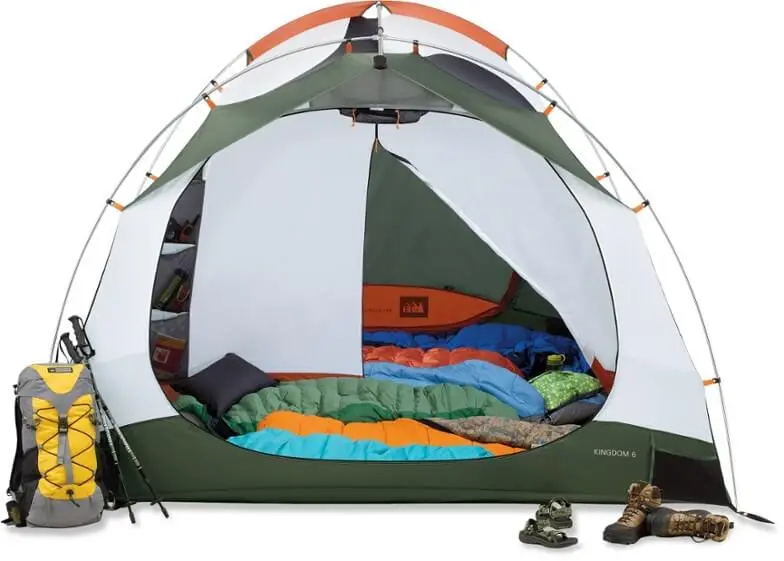
How to reduce tent condensation?
First, make sure to ventilate your tent. That means opening the doors or windows whenever possible, and using a fan if you have one. You want to circulate the air and keep the inside of your tent as dry as possible.
You can also reduce condensation in your tent by removing wet clothes and shoes, cooking and boiling water outside, and avoiding camping near water sources or in low-lying areas.
Another option is to use a dehumidifier in your tent. This will help to remove moisture from the air and keep things drier. Just be sure to empty the water tray frequently so it doesn’t overflow and make things even wetter!
How to stop condensation in a tent: quick summary
It’s good to position your tent in the right wind direction to maximize airflow coming into your tent. Try to pitch on higher ground and avoid any hollows where air can sink. To keep moisture to a minimum, you’ll also want to set up camp away from water. If you can’t avoid camping by water, be sure to at least bring some quality insect repellent spray. Try to pitch under trees if possible.
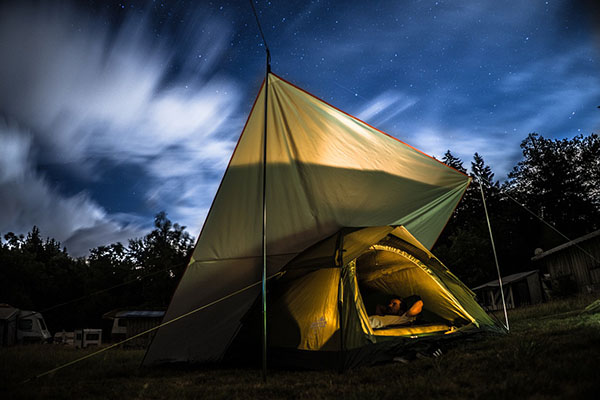
You may decrease condensation by opening the overcover and allowing more air to pass through.
Don’t Cook Inside – Boiling or cooking creates steam that can condense and turn into water inside. Additionally, it’s a safety hazard to have an open flame inside your tent.
What is the best tent for avoiding condensation?
If you don’t want to wake up in a puddle of your own sweat, you need a tent that ventilation to avoid condensation. If you’re car camping, weight and size aren’t as big of concerns. For backpackers, though, every ounce counts. Here are a few things to keep in mind when choosing a tent to avoid condensation:
The first step in avoiding condensation is to make sure your tent has good ventilation. Most tents have some kind of mesh paneling that allows air to flow in and out. Make sure the mesh panels are large enough and placed high on the tent so that air can circulate well.
Another thing to consider is the material of your tent. Some materials, like nylon, are more prone to condensation than others. If you’re looking for a lightweight tent, go for one made with Gore-Tex or another waterproof/breathable material.
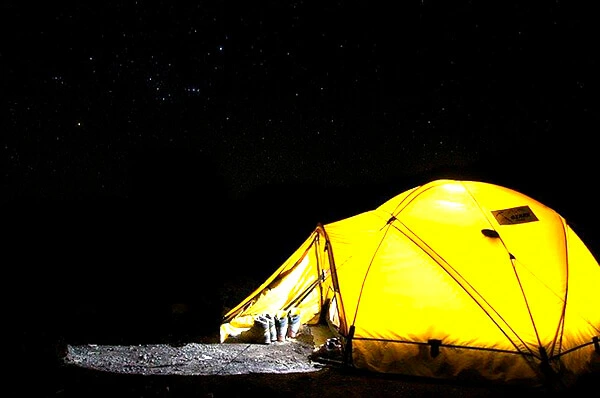
Finally, think about how many people will be using the tent. The more bodies in a small space, the more likely it is to produce condensation. If you’re sharing a tent with someone, make sure to get one that’s big enough so you won’t be cramped and sweaty.
Here are our favorites tents:
Is It Condensation or a tent Leak ? Here’s How To find out
We’ve all been there – you’re out camping, it’s pouring rain, and you start to notice a little moisture building up on the inside of your tent. Is it just condensation from the humidity, or is there a proper leak somewhere? Here’s how to tell for sure:
First, take a look at where the moisture is accumulating. If it’s just a few droplets here and there, it’s probably just condensation from the humidity. But if you see a consistent stream of water running down the walls or ceiling of your tent, that’s a sign of a leak.
Next, check the seams of your tent. If they’re dry, then the leak is probably coming from somewhere else – like a broken zipper or hole in the fabric. But if the seams are wet, that’s a good indication that they’re the source of the leak.
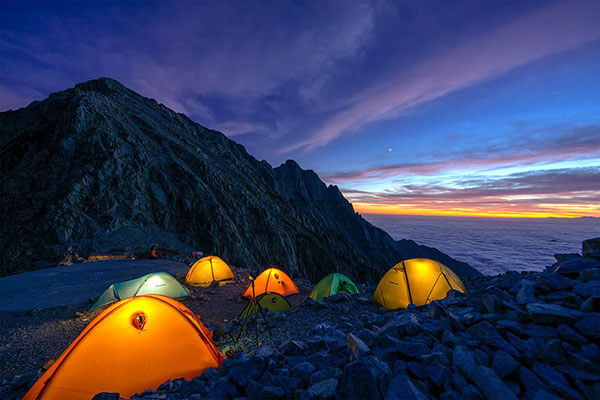
Finally, if you’re still not sure, try this test: Take a cup of water and pour it slowly over the outside of the tent at the spot where you think the leak might be. If the water leaks inside, then you know you’ve found the problem!
So there you have it – now you know how to tell for sure whether it’s just condensation or a proper leak in your tent. Just remember to patch up that leak before your next camping trip!





